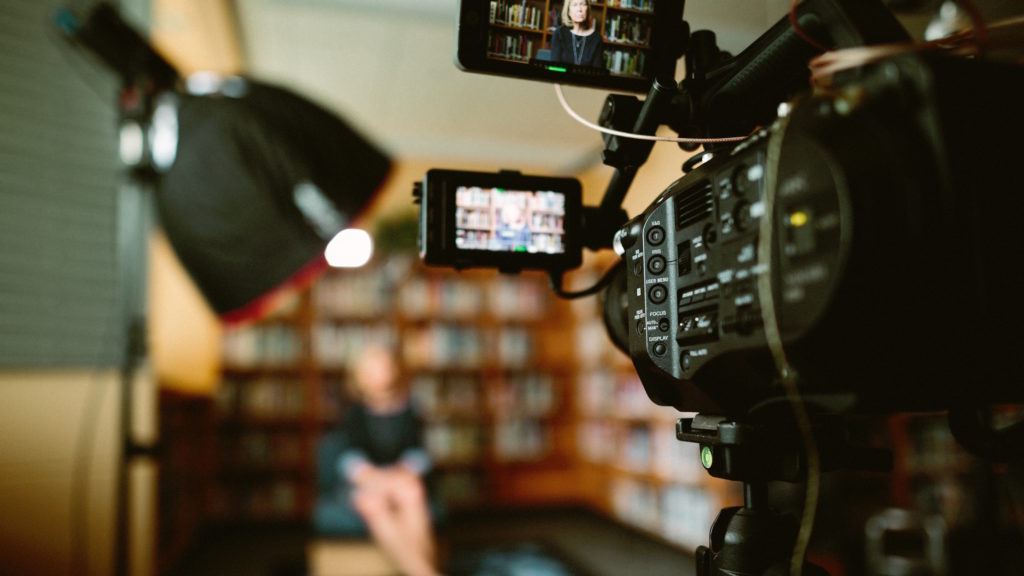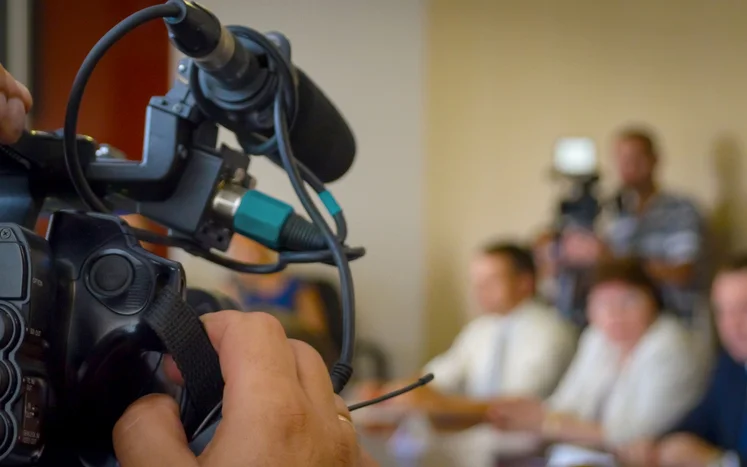Legal Videography: A Powerful Tool for Ensuring Courtroom Transparency
Legal Videography: A Powerful Tool for Ensuring Courtroom Transparency
Blog Article
Why Legal Videography Is Essential for Accurate Court Recordings
The function of legal videography in court setups can not be overstated, as it acts as an important device for maintaining the stability of court documents. By recording both verbal and non-verbal interaction, it enhances the clarity of witness testaments and shows the nuances of court room communications. This extensive documentation not just aids in reducing potential misconceptions yet also supports appellate testimonials, thus enhancing the judicial process. Nevertheless, the ramifications of incorporating lawful videography into conventional court room practices increase important inquiries about its broader influence on the legal system. What might these implications involve?
Importance of Visual Proof
In the realm of legal process, the relevance of visual proof can not be overstated. Aesthetic proof acts as an effective device in establishing realities, substantiating testaments, and improving the general clearness of a case. This kind of proof, which consists of photographs, videos, and layouts, can offer a tangible context that verbal summaries typically lack, therefore supplying courts and courts a more clear understanding of the circumstances surrounding an instance.
In addition, aesthetic proof help in the retention of info. Human cognition is naturally aesthetic, and individuals are a lot more most likely to bear in mind and comprehend information offered in a visual layout. In the courtroom, this can be important, as engaging visual proof can guide point of views and reinforce the narrative provided by lawful reps.
In addition, making use of visual evidence can minimize misunderstandings and uncertainties that often emerge from spoken exchanges. By supplying a straight representation of occasions, aesthetic proof assists to eliminate subjective analyses and promotes a more objective evaluation of the truths. The integration of aesthetic evidence right into legal procedures not just enhances the honesty of the judicial process however also enhances the possibility of attaining a just outcome.
Recording Non-Verbal Hints
Making use of advanced videography strategies can considerably enhance the capture of non-verbal signs throughout lawful proceedings. Non-verbal interaction, including face expressions, body movement, and eye call, plays an important function in sharing emotions and objectives that might not be clearly specified in verbal statement. legal videography. Lawful videography employs high-definition cameras and strategic angles to make sure that these refined hints are tape-recorded with quality and precision
The capability to evaluate non-verbal behavior can offer beneficial context to declarations made during court sessions. For circumstances, a witness's hesitation or self-confidence can be translated with their position or gestures, potentially influencing the jury's perception of trustworthiness. The use of close-up shots can assist concentrate on a speaker's expressions, enabling for a more nuanced understanding of the testimony.
Furthermore, incorporating numerous electronic camera angles can create a detailed view of communications, highlighting dynamics in between events entailed. This complex approach not only boosts the precision of the court document yet likewise aids in protecting the honesty of the read review judicial procedure - legal videography. Inevitably, recording non-verbal signs via legal videography fosters a richer, much more total representation of court room process

Enhancing Testimony Reliability
The reliability of testament can be considerably strengthened through making use of high-quality lawful videography. Video clip recordings offer as an unbiased tool that catches not just the talked words of witnesses but likewise the subtleties of their distribution, consisting of tone, pacing, and psychological expressiveness. This complex documents gives a clearer understanding of the witness's integrity and intents, which can be critical in legal process.
In addition, lawful videography lessens the possibility for misinterpretations that may arise from written transcripts alone. When jurors can observe a witness's demeanor and body language in conjunction with their testament, they are much better equipped to analyze the authenticity and reliability of the proof provided. This aesthetic context can strengthen the testimonial narrative, making it a lot more engaging and qualified.
Furthermore, the visibility of a video recording can deter possible variances in testimony. Witnesses may be a lot more mindful in their statements when they recognize they are being tape-recorded, leading to more accurate and truthful accounts. In general, premium legal videography boosts the honesty of testimony, making sure that the court has access to a total and genuine representation of the facts as communicated by the witnesses.
Sustaining Appeals and Reviews
Legal videography plays an important role in supporting allures and reviews by giving a thorough aesthetic record of court process. This visual paperwork catches not only the talked words of witnesses and attorneys yet likewise the subtleties of body movement, tone of voice, and courtroom characteristics. Such components can be crucial in recognizing the context of testaments and disagreements provided.
In the appellate process, where the emphasis gets on errors of law and procedural fairness, a video record can function as a vital tool for appellate courts. It makes it possible for judges to review the initial test context, ensuring that choices are based on a complete understanding of the process. The capability to visually assess the demeanor of witnesses or the communications between parties can Discover More disclose insights that created transcripts may ignore.

Additionally, lawful videography can aid in making clear uncertainties in testaments or procedural judgments, thus reinforcing the basis for an appeal. By using a reputable, unbiased account of what transpired in court, legal videography not just supports the stability of the lawful process yet also equips all events involved to make educated decisions regarding their instances.
Enhancing Court Room Procedures
Enhancing courtroom efficiency, legal videography enhances procedures by giving immediate access to visual records of procedures. This innovation permits courts, lawyers, and courts to take another look at crucial testimony and proof, guaranteeing that all events have a clear understanding of the situation. By catching the subtleties of spoken and non-verbal interaction, videography enhances the document, making it much easier to comprehend the context and weight of testimonies.

Additionally, video clip recordings can help with remote engagement in hearings, enabling greater adaptability in scheduling and engagement, which is specifically useful in investigate this site complex instances involving numerous stakeholders.
Conclusion
Finally, legal videography plays a vital function in ensuring precise court recordings by providing necessary visual proof that captures both verbal and non-verbal interaction. This practice improves the integrity of statements, sustains appellate reviews, and enhances court room processes. By promoting a comprehensive understanding of court characteristics, legal videography eventually adds to more equitable judicial results, enhancing the integrity of the legal system and promoting informed decision-making.
Report this page